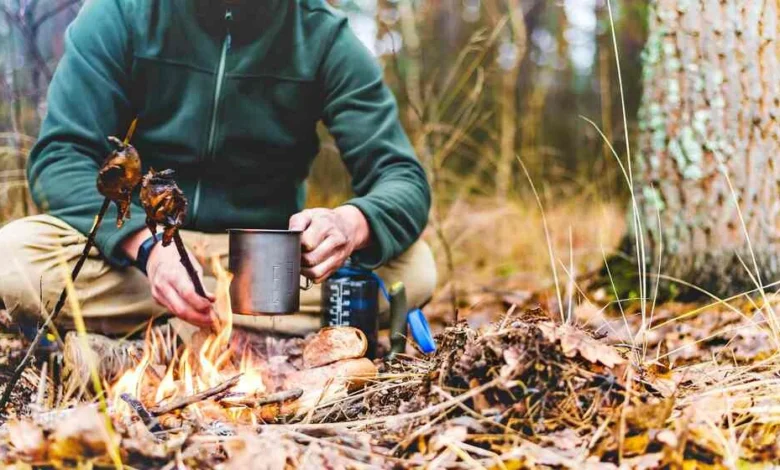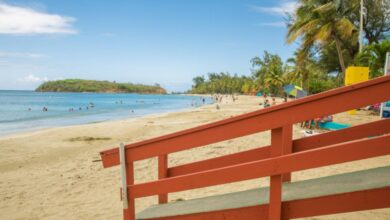“The Bluefire Wilderness Lawsuit: Untangling the Claims, Controversies, and Consequences”

Introduction
Picture this: a serene wilderness retreat promising to reshape troubled teens into resilient, confident individuals. Now imagine that same program embroiled in a legal battle shaking its foundation. Enter the Bluefire Wilderness lawsuit, a case that has thrust outdoor therapy programs into the spotlight for all the wrong reasons.
This lawsuit isn’t just about claims on paper—it’s about real lives, alleged harm, and the broader implications for the wilderness therapy industry. Buckle up as we dive deep into the who, what, and why of this unfolding drama.
What is the Bluefire Wilderness Program?
Before we get to the nitty-gritty of the lawsuit, let’s talk about the program at the heart of it all.
Bluefire Wilderness Therapy, based in Idaho, is one of many therapeutic programs aimed at helping struggling teens. They combine wilderness adventures, counseling, and life skills training to create a structured yet liberating environment. Their pitch? Kids learn self-reliance while healing emotional wounds. Sounds pretty great, doesn’t it?
The Promise of Healing
Bluefire markets itself as:
- A safe haven for teens grappling with anxiety, depression, or trauma.
- A program that uses nature’s raw beauty to foster growth.
- A blend of clinical expertise and outdoor adventures.
But as the lawsuit reveals, the glossy brochure doesn’t always tell the full story.
The Bluefire Wilderness Lawsuit: What’s the Deal?
At the heart of the Bluefire Wilderness lawsuit lies a clash between glowing promises and troubling allegations.
Allegations and Complaints
The lawsuit, filed by several former participants and their families, claims that Bluefire Wilderness failed to deliver on its promises of safety and healing. Some of the key allegations include:
- Negligent Supervision: Participants claim they were left unsupervised in unsafe conditions.
- Emotional Harm: Allegations suggest the program’s methods caused more harm than good, exacerbating existing issues.
- Physical Strain: Families allege that the physical challenges imposed by the program went beyond what was safe or reasonable.
What the Plaintiffs Are Saying
One plaintiff recounted how their child returned home worse off than before—emotionally scarred and distrustful of authority. Another accused the program of using fear-based tactics, a far cry from the nurturing environment they’d expected.
Bluefire’s Side of the Story
Naturally, Bluefire denies these claims. They argue that their methods are industry-standard and emphasize that wilderness therapy inherently involves challenges designed to push boundaries. Whether these challenges crossed the line, however, is now up to the courts.
What’s at Stake for Wilderness Therapy Programs?
The Bluefire Wilderness lawsuit isn’t just about one program; it’s a wake-up call for the entire industry.
A Shaken Reputation
Lawsuits like this one can tarnish the image of all wilderness therapy programs. Families may hesitate to enroll their teens, fearing similar outcomes.
Calls for Regulation
Currently, many wilderness therapy programs operate with limited oversight. Cases like Bluefire’s are fueling calls for stricter regulations to protect participants.
How Did We Get Here?
The rise of wilderness therapy stems from a genuine need for alternative approaches to mental health care. But like any field, it’s not immune to missteps.
The Appeal of Wilderness Therapy
- Nature provides a peaceful escape from modern distractions.
- Teens develop self-discipline through structured routines.
- Programs promise results without relying heavily on medication.
The Potential Pitfalls
When programs fail to balance challenge with care, things can go south quickly:
- Physical demands may lead to exhaustion or injury.
- Miscommunication between staff and families creates mistrust.
- Lack of individualized attention makes it easy for participants to fall through the cracks.
FAQs: Breaking Down the Bluefire Wilderness Lawsuit
1. What triggered the Bluefire Wilderness lawsuit?
Families of former participants alleged that the program caused physical, emotional, and psychological harm through negligence and overly harsh methods.
2. Is Bluefire Wilderness still operating?
Yes, as of now, Bluefire Wilderness continues to operate while the lawsuit unfolds.
3. Are other wilderness therapy programs facing similar lawsuits?
Yes, lawsuits have occasionally surfaced in this industry, often citing similar concerns about safety and effectiveness.
4. How can parents ensure a program is safe for their child?
- Research accreditation and licensing.
- Read reviews and testimonials.
- Speak directly with alumni and their families.
- Visit the facility to get a firsthand look.
Lessons Learned: What’s Next for Families and the Industry?
The Bluefire Wilderness lawsuit serves as a cautionary tale. For families considering wilderness therapy, due diligence is critical. For the industry, it’s a nudge toward greater transparency and accountability.
Tips for Families
- Ask Questions: Don’t shy away from probing about safety protocols, staff qualifications, and emergency procedures.
- Trust Your Gut: If something feels off during the research phase, explore other options.
- Monitor Progress: Stay engaged during the program to ensure your child’s well-being.
Conclusion
The Bluefire Wilderness lawsuit is a stark reminder that even programs with the best intentions can face serious allegations. While wilderness therapy has undeniable benefits, it’s not a one-size-fits-all solution—and when things go wrong, the impact can be profound.
As the lawsuit continues to unfold, it’s up to families, legal experts, and the industry itself to ensure that such programs truly live up to their promises. After all, when it comes to vulnerable teens, there’s no room for shortcuts.



